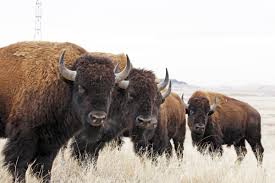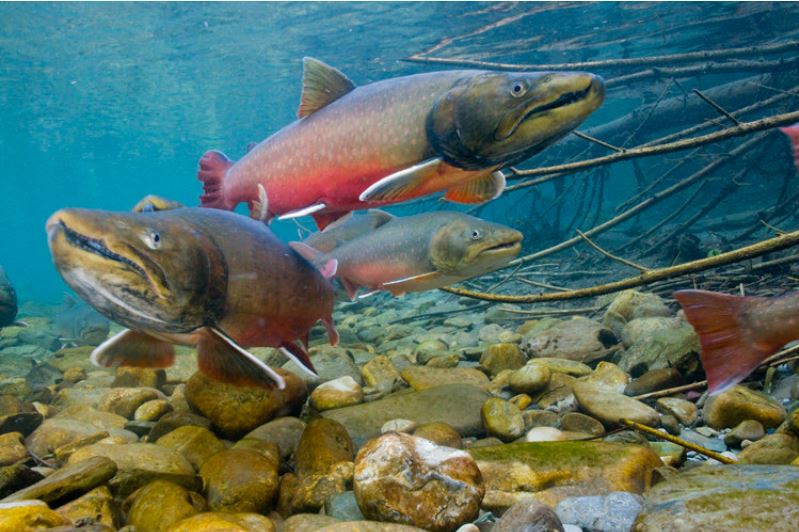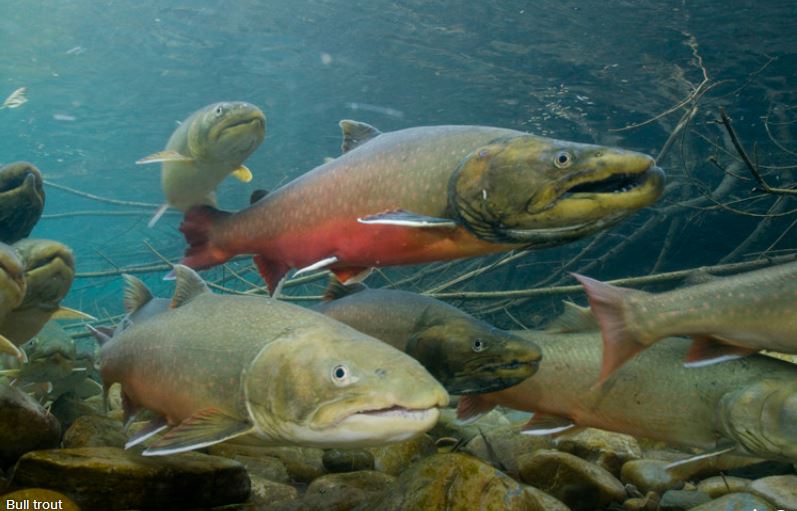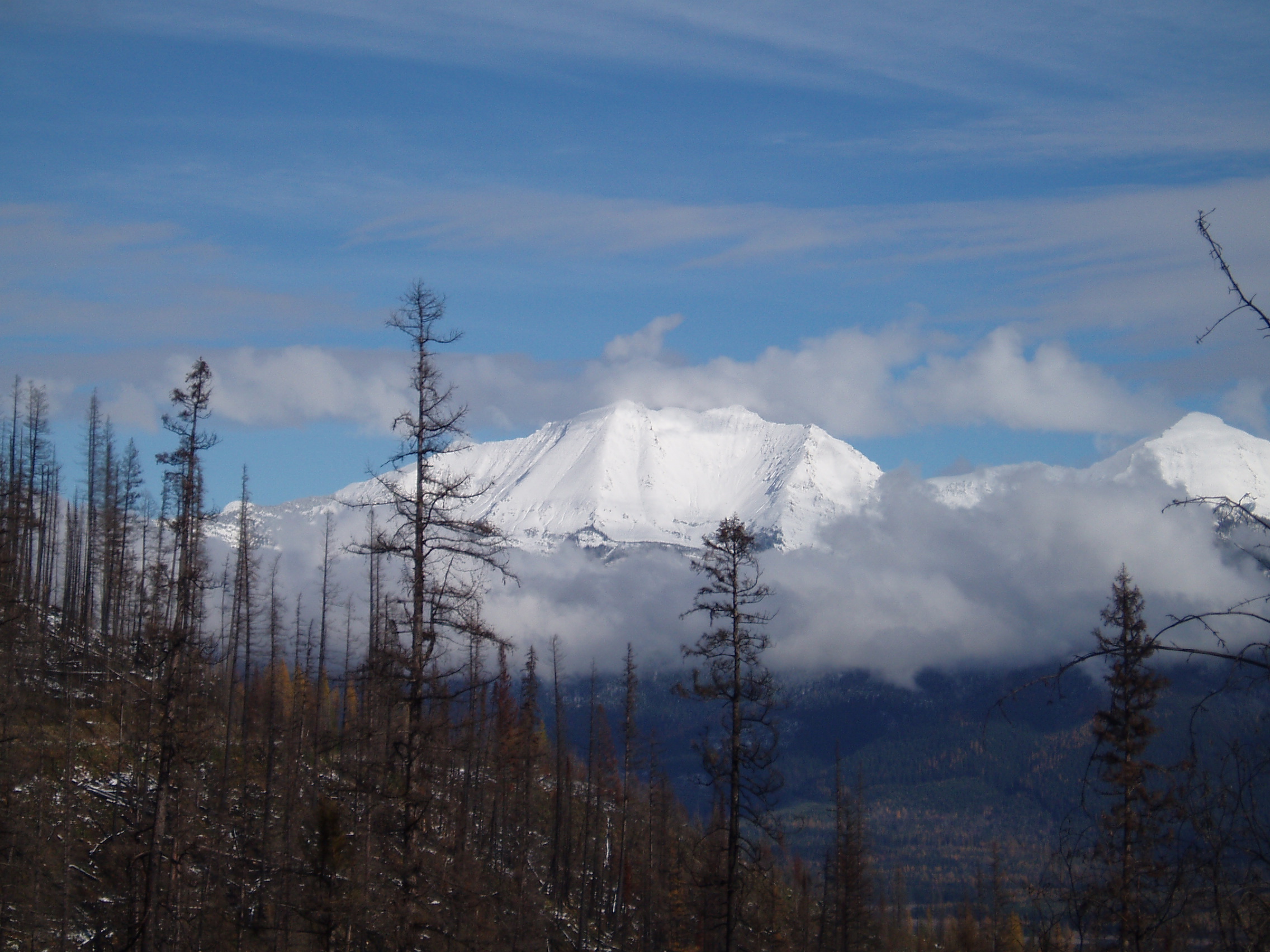

| |
| Save America's Forests |
| Act to Save America's Forests |
| Biomass Information |
| Biomass Congressional Briefing |
| Forest Fire Information |
| Sequoias |
| Dr. E.O. Wilson |
| Dr. Jane Goodall |
Information
NREPA
|
News: June 2016 - Senator Sheldon Whitehouse (D-Rhode Island) makes conservation history - introduces Northern Rockies Ecosystem Protection Act (NREPA) in the US Senate June 6, 2016. This ends a 25 year long blockade by (former) Senator Max Baucus (now US Ambassador to China). Original Senate co-sponsors are Senators Boxer (D-CA), Durbin (D-IL), Markey (D-MA), Menendez (D-NJ), Reid (D-NV), Schumer (NY), Shaheen (D-NH). Senator Whitehouse is known as a strong environmental advocate For more Information about NREPA see Short Description of NREPA: To designate certain National Forest System land and certain The Congressional Bills:
The Maps: In the column to the right are the eleven maps and map keys created for NREPA 2016, S. 3022
Species in Danger: Many species have become rare or even threatened with extinction because of near elimination of their wild habitat, excessive hunting, pollution roads, and other factors. Bison: Wild Bison herds once ranged over millions of acres in western regions of the U.S. Now only small herds exist in limited areas
"The Bison of Yellowstone National Park are unique among bison herds in the United States, being descendants, in part, of the only continuously wild herd in this country." Dr. Margaret Mary Meagher, retired Yellowstone National Park bison biologist.
"Yellowstone National Park is the only place in the lower 48 States where bison have existed in a wild state since prehistoric times. Bison occupied the region encompassing the park from shortly after recession of the last glaciers 10,000 to 12,000 years ago, until the 19th century when they came close to extirpation." 5 C. Cormack Gates Ph.D., University of Calgary. NREPA will increase the area of Yellowstone region protected wilderness areas and wildlife corridors, which will help the Yellowstone bison herds recover. For more Bison Information see
Fish: Wild fish such as Native Trout, Steelhead, and Salmon used to populate the rivers throughout the Pacific Northwest. Bull Trout once ranged from northern California to the Bering Sea. They have travelled one of the longest migration routes of any trout in North America for thousands of years. Now Bull Trout are rare and in danger of extintion. NREPA will designate nearly 2000 miles of Wild and Scenic Rivers, helping the remaining populations of wild fish to recover from the brink of extinction.
For more Bull Trout Information see Wilderness: Federally designated Wilderness is the highest level of protection for natural wild areas under the laws of the United States.
According to the Wilderness Act passed one half century ago, the following apply to federally designated Wilderness areas.
Less than 3% of of the lower 48 states is Federally designated Wilderness. It is of the highest importance that more remaining wild areas in the United States are designated Federal Wilderness. NREPA will designate nearly 20 milion acres of wild roadless areas as Federal Wilderness, restoring large intact, contiguous, and connected ecosystems, which will ensure protection for their native species for future generations
For more Wilderness Information see
|
 |
This is to acknowledge, with great appreciation, the ESRI Conservation Program. Their support enabled the creation of these maps |
| Thank you to Save America’s Forests former interns Brian Goldgeier and Ella Haines for their vital contributions to this mapping project. |
Maps
|
Save America's Forests
4 Library Court, SE• Washington, DC 20003
202-544-9219
Copyright Save America's Forests 2016




